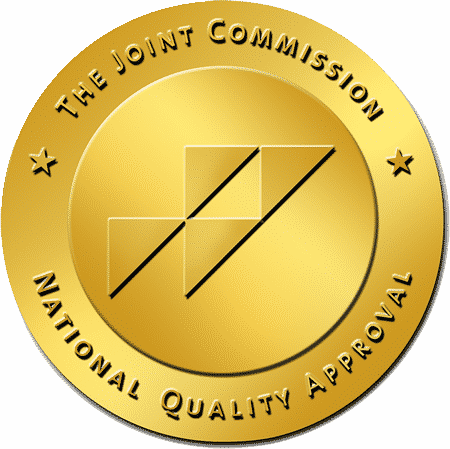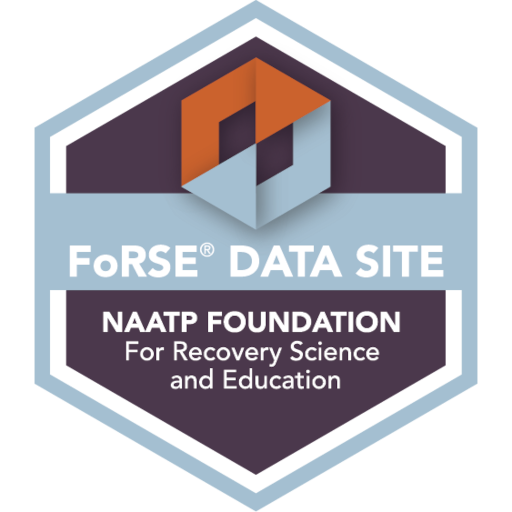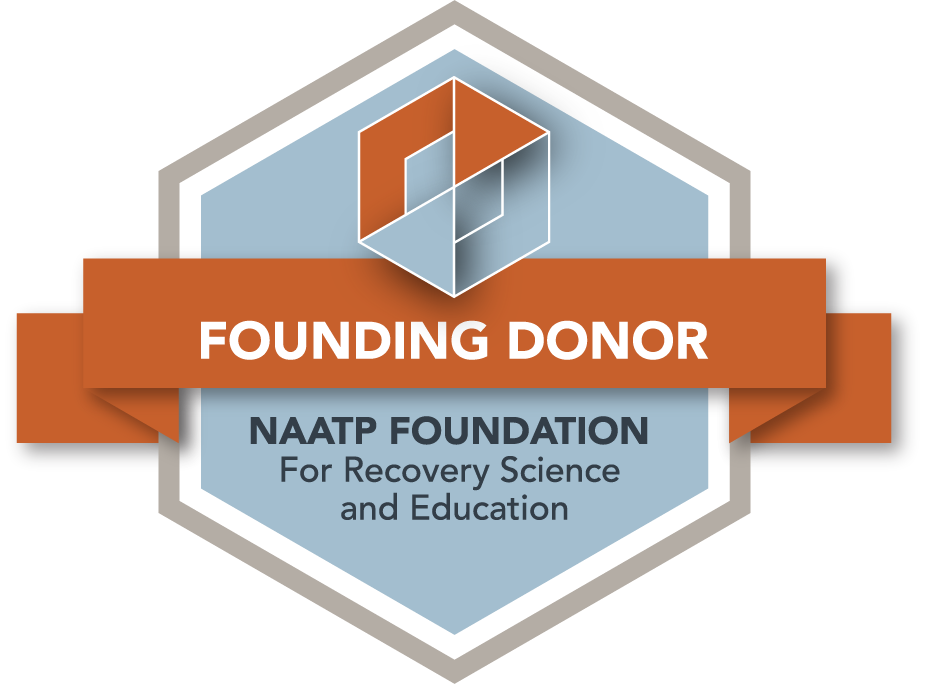What is Buprenorphine?
Buprenorphine is a prescription drug used to help patients quit the use of heroin and other opioids by managing withdrawal symptoms and reducing cravings. Some addiction treatment facilities use buprenorphine maintenance or other drugs as part of a medication-assisted treatment (MAT) program, but La Hacienda Treatment Center does not support using drugs for recovery maintenance.
Buprenorphine Originated in the 1960s
Buprenorphine was developed in the 1960s by a British consumer goods company, Reckitt Benckiser, to treat moderate pain. Since 2000, when buprenorphine was approved by the Food and Drug Administration, physicians have been authorized to use the drug to treat a limited number of patients for opiate dependency.
Buprenorphine Has Lower Abuse Potential
Buprenorphine is one of the potent opioid analgesics used to care for opioid use disorders and to treat severe pain. It is listed as a Schedule III drugs under the Controlled Substances Act because of the potential for its abuse. As an opioid partial agonist, however, it has lower abuse potential, causes less physical dependence, and is safer to prescribe than full opioid agonists such as fentanyl, hydromorphone, levorphanol, meperidine, morphine, oxycodone, and oxymorphone. Buprenorphine medications come in the form of sublingual tablets (Subutex), implants (Probuphine), and extended-release injections (Sublocade).
Types of Buprenorphine
Doctors can prescribe buprenorphine medication by itself or in combination with naloxone. Both types of medication are approved by the Food and Drug Administration to treat opioid addiction. Medications with both buprenorphine and naloxone and medications with only buprenorphine can come in a variety of forms. They can be prescribed as sublingual buprenorphine (taken under the tongue), as an injection, an implant, or as a film.
Buprenorphine and Naloxone
Buprenorphine is combined with naloxone as a prescription drug for maintenance treatment of opioid addiction. Naloxone helps block the feelings of euphoria normally associated with opioids, reducing the risk people will abuse the medication. The hybrid drug is available as a sublingual film (Suboxone), buccal film (Bunavail), or a sublingual tablet (Zubsolv).
Naloxone for Opioid Overdoses
Used by itself, naloxone quickly reverses an opioid overdose. It is an opioid antagonist, and reverses and blocks the effects of other opioid drugs. Naloxone can be given as a nasal spray or it can be injected into the muscle, under the skin, or into the veins. When given to reverse an overdose it is usually given via injection, not as naloxone sublingual tablets.
Buprenorphine Treatment

Similar to methadone treatment, buprenorphine treatment consists of prescription medication combined with counseling and behavioral therapy. Unlike methadone treatment, which must be performed in a highly structured clinic, buprenorphine is the first medication approved to be prescribed or dispensed in doctors’ offices to treat opioid dependency. Under the Drug Addiction Treatment Act of 2000 (DATA 2000), qualified U.S. physicians can offer buprenorphine for opioid dependency. Opioid treatment programs (OTPs) certified by the Substance Abuse and Mental Health Services Administration, are allowed to offer buprenorphine.
Opioid Dependence and Buprenorphine
Opioid dependence is tricky. Ongoing treatment with buprenorphine is not always successful. Some buprenorphine patients end up abusing the drug prescribed to treat their opioid use disorder.
Side Effects of Buprenorphine
The most common side effects include
- Constipation
- Nausea
- Headache
- Dizziness and drowsiness
Other side effects may include
- Muscle aches and cramps
- Fever
- Tremors
- Palpitations
- Blurred vision or dilated pupils
- Lack of attention
- Trouble sleeping
More serious side effects of buprenorphine include
- Dependence
- Withdrawal
- Respiratory distress
- Adrenal insufficiency
- Itching
- Pain
- Swelling
- Nerve damage may occur with use of a buprenorphine implant
Another serious side effect can include neonatal abstinence syndrome in newborns. Patients and practitioners are encouraged to report all side effects online to MEDWatch, FDA’s medical product safety reporting program.
Symptoms that require medical attention
- Opioid withdrawal signs such as chills, fever, sweating, upset stomach, or muscle pain
- Respiratory depression, irregular breathing or breathing that stops while sleeping
- Slow heart rate or pulse
- Dizziness, chest pain, or trouble breathing
- Liver problems such as upper stomach pain, loss of appetite, dark urine, or jaundice
Seek emergency medical care if you have signs of an allergic reaction such as hives, difficulty breathing, or swelling of the face, mouth, or throat.
Safety Precautions for Buprenorphine Use
When taking buprenorphine, it is important to follow certain safety precautions such as avoiding use of illegal drugs, sedatives or other drugs that may slow breathing. Do not drink alcohol. Talk to a doctor before taking other medications while using buprenorphine. Drug interactions can lead to overdose or death. Have a physician monitor any liver-related health issues. Do not shared your buprenorphine with anyone even if they have similar symptoms or suffer from the same condition. Also tell your doctor if you are pregnant or plan to become pregnant.
Buprenorphine Withdrawal Symptoms
Ceasing the use of buprenorphine abruptly can cause withdrawal symptoms similar to those of other opioids. These symptoms may include:
- Nausea or vomiting
- Muscle and body aches
- Sweating, fever, or chills
- Headaches
- Anxiety or depression
- Irritability
The severity of these symptoms will vary depending on how long the medication has been taken for and the dosage of medication.
La Hacienda and Buprenorphine




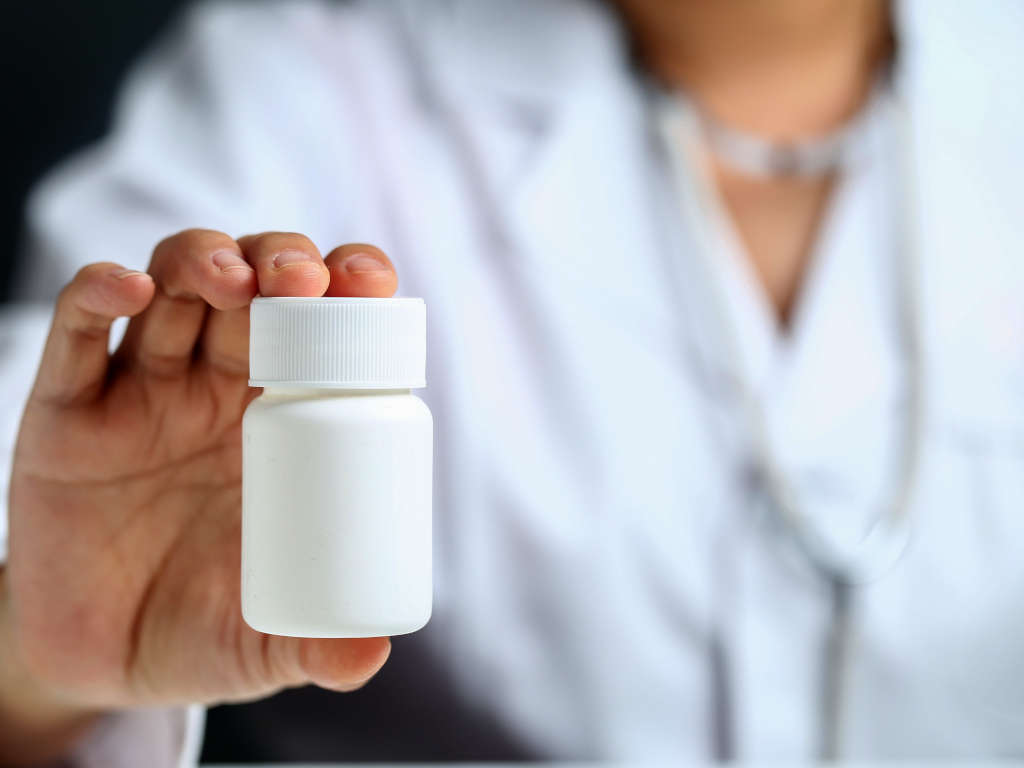
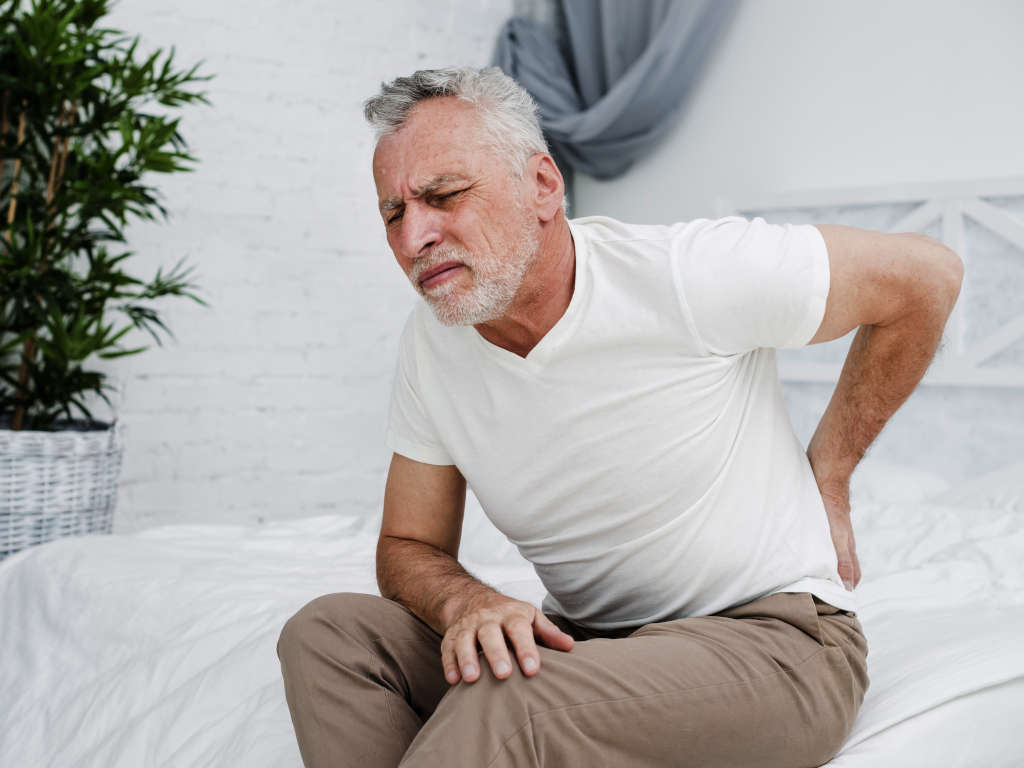
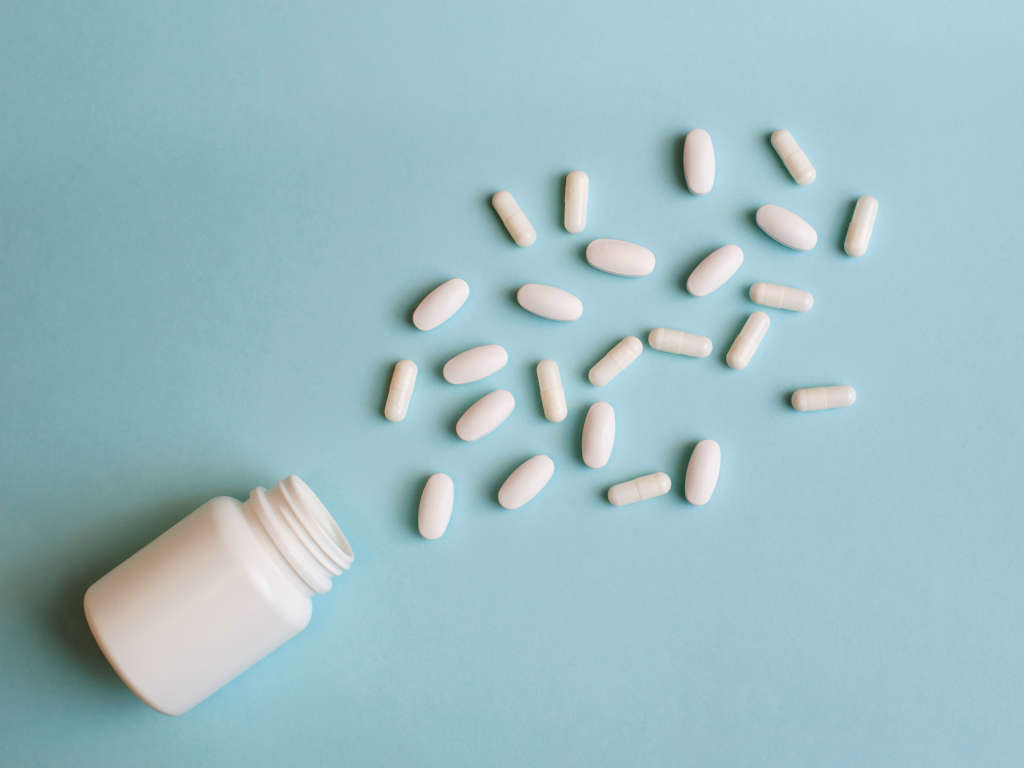




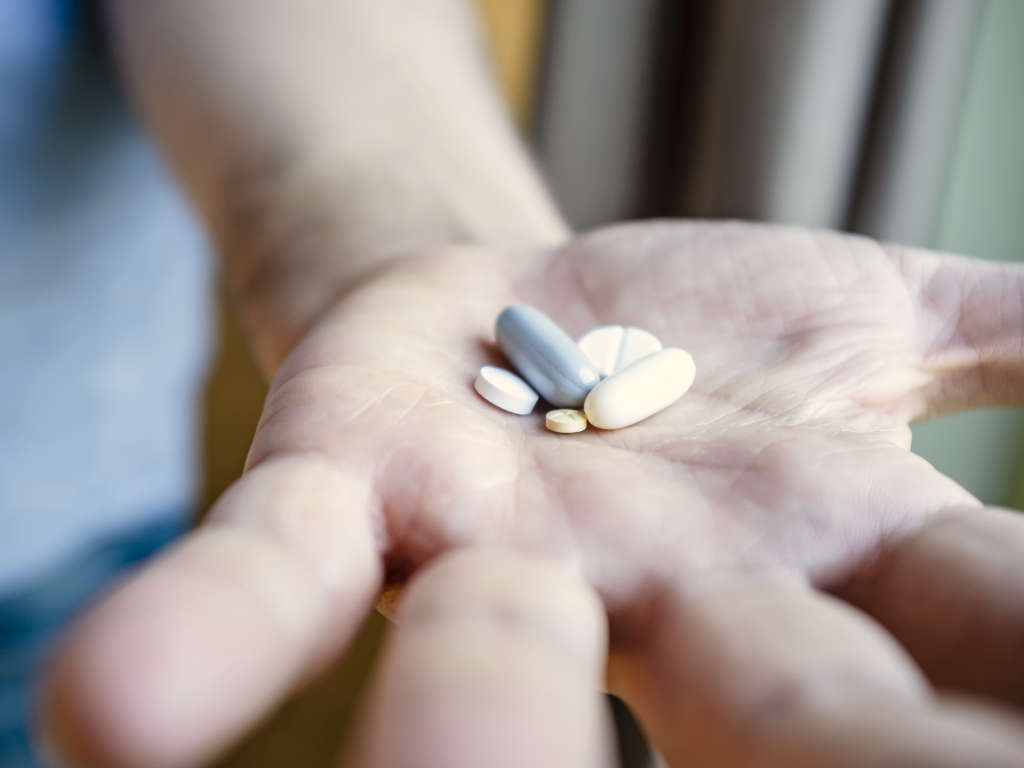



La Hacienda Treatment Center’s medical staff prescribes buprenorphine to reduce the intense physical discomfort of withdrawal during detoxification. La Hacienda’s treatment program does not include buprenorphine for maintenance of addiction recovery after detoxification. Our team has treated people who have tried that type of maintenance and returned to their drug of choice or abused the drugs in an abusive fashion. As an alternative, we strongly support usage of the opioid blocker naltrexone. It is not in the opiate family, so it does not have abuse potential. Relapse is less likely with naltrexone. Using naltrexone for a minimum of 6 months, is strongly encouraged for opioid dependent patients, who are also introduced to an aggressive 12 Step based recovery program.
The Team Approach to Addiction Treatment
For 50 years, La Hacienda Treatment Center has helped people recover from drug and alcohol addictions and start new lives. Our 40-acre residential treatment campus in the Texas Hill Country provides a calm and peaceful atmosphere for men and women to heal and learn the basics for recovery. We believe in a team approach to meet our patients’ physical, emotional, social, and spiritual needs.

Onsite Medical and Clinical Staff
Our onsite medical and clinical staff work together to provide patients with medically supervised detoxification, rehabilitation, and counseling. Dedicated professional nurses are present 24/7, delivering quality care throughout the treatment program. Licensed, caring counselors meet daily with patients to evaluate their progress and plan post-recovery options. If you or someone you know is looking for help with addiction, call (800) 749-6160 to talk with one of our onsite admission specialists.

Alcohol Withdrawal Timeline
The first 6-12 hours after one’s last drink of alcohol may include symptoms such as headache, anxiety, insomnia, mild tremors, and upset stomach. Stage 2 of alcohol withdrawal may begin within the first 48 hours and may include more serious symptoms such as seizures. Stage 3 usually begins within 48-72 hours and can include delirium tremens.

Delirium Tremens
Delirium tremens is a severe form of alcohol withdrawal that usually begins within 2-5 days after stopping drinking and can last 2-3 days. Delirium tremens include a range of both physical and mental symptoms such as chest pain, fever, nausea, fatigue, stomach pain, tremors, seizures, increased heart rate, anxiety, confusion, delirium, disorientation, irritability, hallucinations, nightmares, and other rapid mood changes.

12 Step Programs
12 Step Programs were first developed by Alcoholics Anonymous and consist of a set of principles used to help people suffering from alcohol abuse. These types of programs use a 12-step plan to help people overcome alcohol abuse or other addictions.
